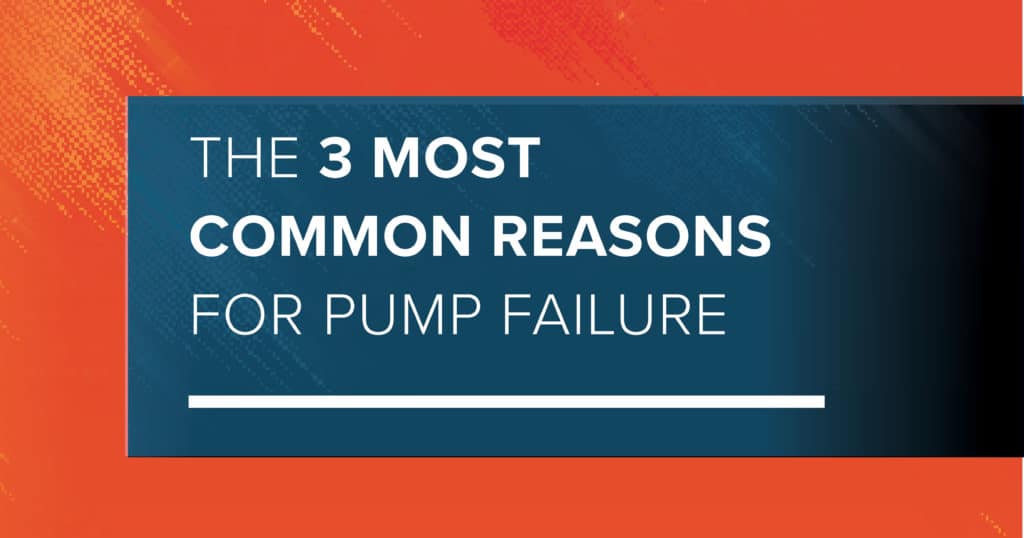Why do pumps fail?
These intricate pieces of equipment take quite the beating every day, working hard to ensure your operation runs smoothly. Typically, the bearings, couplings, and seals are first to experience damage, so it’s essential to understand these vulnerable parts.
Understanding what causes failures and how to address them will create a more efficient and effective operation.
- Bearings
What are some telltale signs that your bearings are failing?
• Increased vibration or rattling
• Noisier operation; and
• Increased temperature around bearing housing
Awareness of these symptoms is the key to healthy pump performance. By the time these signs of trouble become too prominent, it’s usually too late. When you hear a very loud squealing sound, it may mean that the bearings are completely shot and the pump is about to fail.
Although bearings should come with ample lubrication from the factory, preventative maintenance encourages you to add lubrication on a regular basis to avoid overheating. We recommend checking for contaminants in the lubricant, such as water, dirt, or grit metal shavings, as part of your preventative maintenance rhythm. Though a less common issue, bearings can become misaligned, and checking will ensure you see if and when this occurs.
2. Couplings
Standard coupling failure generally includes a pump and motor shaft that fall out of alignment, resulting from vibrations over time. A quick, visual inspection can reveal a lot, like black debris under the coupling area.
You can utilize manual alignment methods and more advanced laser or computer alignment tools to check the shaft alignment periodically. Look for visual signs of coupling damage and monitor operation vibrations. If anything seems off, you should address the misalignment before it leads to major pump damage.
3. Mechanical Seals
Of these three most common pump failure points, mechanical seal failures are typically the easiest to detect. One giveaway is when a process fluid leak coming from the seal gland, whether a slow drip or significant stream. Through standard pump usage, seals naturally wear out and deteriorate. Because mechanical seals account for a large majority of rotating equipment failures, it is vital that you regularly check and replace them.
Finally, using the wrong seal may lead to pump failure. Most of the time, the viscosity and corrosiveness of the process fluid will determine the type of seal you need. However, other operating conditions (internal and external temperatures, flow rates, motor speeds, etc.) can also impact the health and performance of the seals.
Mechanical seals should be inspected often and replaced if there is any sign of leakage, deterioration, cracks, dryness, or seal weakness.
These aren’t the only things that can cause a pump to fail, but they are easily the three most common failure points. For help with selecting the proper mechanical seals, bearings and couplings—as well as professional installation and maintenance services, contact DXP Pacific today.

